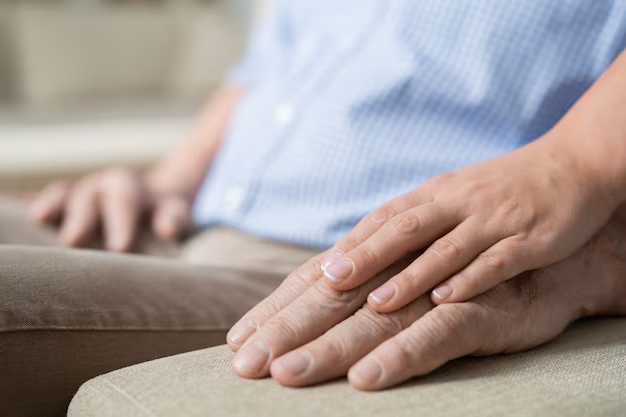Can Parkinson's Disease Be Treated? Understanding Your Options
When Parkinson’s Disease enters your life or that of a loved one, questions about its treatment begin to swirl. While Parkinson’s Disease is not curable, the good news is that there are various ways to manage and treat its symptoms. This chronic neurodegenerative disorder, primarily characterized by tremors, stiffness, and slowed movement, can significantly impact quality of life. However, with a tailored treatment approach, patients often find relief and maintain functionality.
Comprehensive Treatment Strategies
The road to managing Parkinson's Disease involves a combination of medications, lifestyle changes, and supportive therapies.
Medications: The most common treatment for Parkinson's symptoms is medication. Levodopa remains the gold standard, often combined with Carbidopa to prevent nausea and increase efficacy. Other medications include dopamine agonists and MAO-B inhibitors, which help manage symptoms at different stages of the disease.
Lifestyle Modifications: Physical activity can greatly affect the management of Parkinson's. Regular exercise can help maintain mobility and balance, potentially easing symptoms and slowing progression. A balanced diet also plays a vital role in overall health and symptom management.
Therapies: Speech therapy, occupational therapy, and physical therapy are crucial components of a comprehensive treatment plan. These therapies can assist with swallowing difficulties, fine motor skills, and gait, improving daily life.
Surgical Options: For some, surgical treatments like Deep Brain Stimulation (DBS) offer relief. This procedure involves implanting electrodes in specific brain areas to regulate abnormal impulses.
Navigating Financial Support Resources
Managing Parkinson’s Disease often comes with a financial burden due to medication costs, therapy sessions, and potential surgical interventions. Fortunately, numerous resources are available to help ease this financial strain.
Government Aid and Financial Assistance
Programs are in place to support those dealing with chronic illnesses like Parkinson’s. Understanding these can make a significant difference:
Medicare and Medicaid: These government programs offer substantial support for those eligible. They cover much of the cost related to medical appointments, medications, and approved therapies.
Social Security Disability Insurance (SSDI): If you or a loved one can no longer work due to Parkinson’s, SSDI provides monthly benefits to help cover living expenses.
Educational Grants and Resources
Knowledge is power when dealing with any chronic illness. Several organizations provide grants and educational resources to further understanding and management of Parkinson's Disease:
Parkinson's Foundation: Offers webinars and educational materials that help patients and caregivers stay informed about the latest in Parkinson's treatment and management.
The Michael J. Fox Foundation: Funds research and provides patient-friendly resources to educate about ongoing studies, emerging treatments, and symptom management strategies.
Unlocking Credit and Debt Solutions
Simultaneously managing health and finances can be challenging. Here’s how to ease financial pressures:
Credit Counseling Services: Nonprofit credit counseling services can assist in managing medical debt, especially if expenses outweigh income due to Parkinson’s treatment.
Debt Relief Programs: Explore debt relief options to renegotiate payment plans or reduce your debt burden, freeing up resources for medical care.
While Parkinson's Disease presents ongoing challenges, the array of treatment options combined with financial and educational support can make a significant difference. By actively seeking out information and assistance, those affected can better manage this journey.
Financial Assistance & Resources for Parkinson's
- 💡 Medicare & Medicaid: Coverage for treatment and therapy
- 💰 SSDI (Social Security Disability Insurance): Benefits if unable to work
- 📚 Parkinson's Foundation Grants: Educational materials and support
- 🔍 The Michael J. Fox Foundation: Research and resource access
- 🏦 Credit Counseling: Assistance with medical debt management
- 📉 Debt Relief Programs: Options for easing financial stress

Related Topics
- Are There Environmental Causes Of Parkinsons
- Can Alcohol Cause Parkinson's
- Can Concussions Cause Parkinson's
- Can Concussions Cause Parkinson's Disease
- Can Dogs Get Parkinson's Disease
- Can Dogs Get Parkinsons
- Can Dogs Have Parkinson's
- Can Dogs Have Parkinson's Disease
- Can Females Get Parkinson Disease
- Can Head Trauma Cause Parkinson's